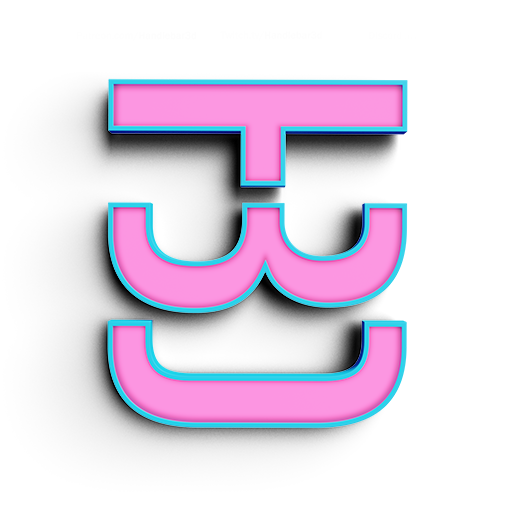What is baking?
Baking is a term that is used widely in the 3D community. It is a term that can be applied to many different processes. What it generally means is, freezing and recording the result of a computer process. It is used in everything from animations, to simulations, to texturing 3d models and much more. The process of calculating light and shadows is extremely intensive for the computer. Luckily an environment tends to be static so we can calculate the lights and shadows and bake them into the geometry.
Here we see the result of a traditional rendering. This image has millions of light samples and depending on the computer hardware, can take a very long time to produce.
Different types of Texture Baking
I use a method of texture baking that is independent of VRED. The software I use is Modo with Octane Render. I prefer using them because it gives me more freedom with lights and the overall quality of my environment. I emphasize environment because I use VRED ambient occlusion baking for the the actual automobile. VRED was developed for visualizing high end automobiles and it's tools are made for that purpose. The big problem I see in the automotive world is people are trying to use traditional automobile modeling and visualizing methods to make their environments. You have to use other methods to get the desired result.
Vred Ambient Occlusion
Vred Baking
What VRED does is calculate the light bounces then subdivides the mesh to apply a shading property to the vertex. What this means is it adds more geometry to get the desired result. This method is good if you are using 3D data with no UV maps. I can guess that this is the reasoning behind this method. If you import a car or a scan, it can give you a result regardless if you have UV's or not.
Baked out UV texturing
Modo + OCtane UV baking
What I do is model and UV unwrap my models in MODO. Than I use octane to bake out my rendered textures. This gives me the ability to "paint" the lights and shadows onto the actual 3D data, without adding more triangles. The cost you pay is use in VRAM, but with proper texturing, it can be minimal.
What are these UV's you keep talking about?
UV editing might be a foreign concept to you, in the following page we will learn all about them and how to use them properly.



